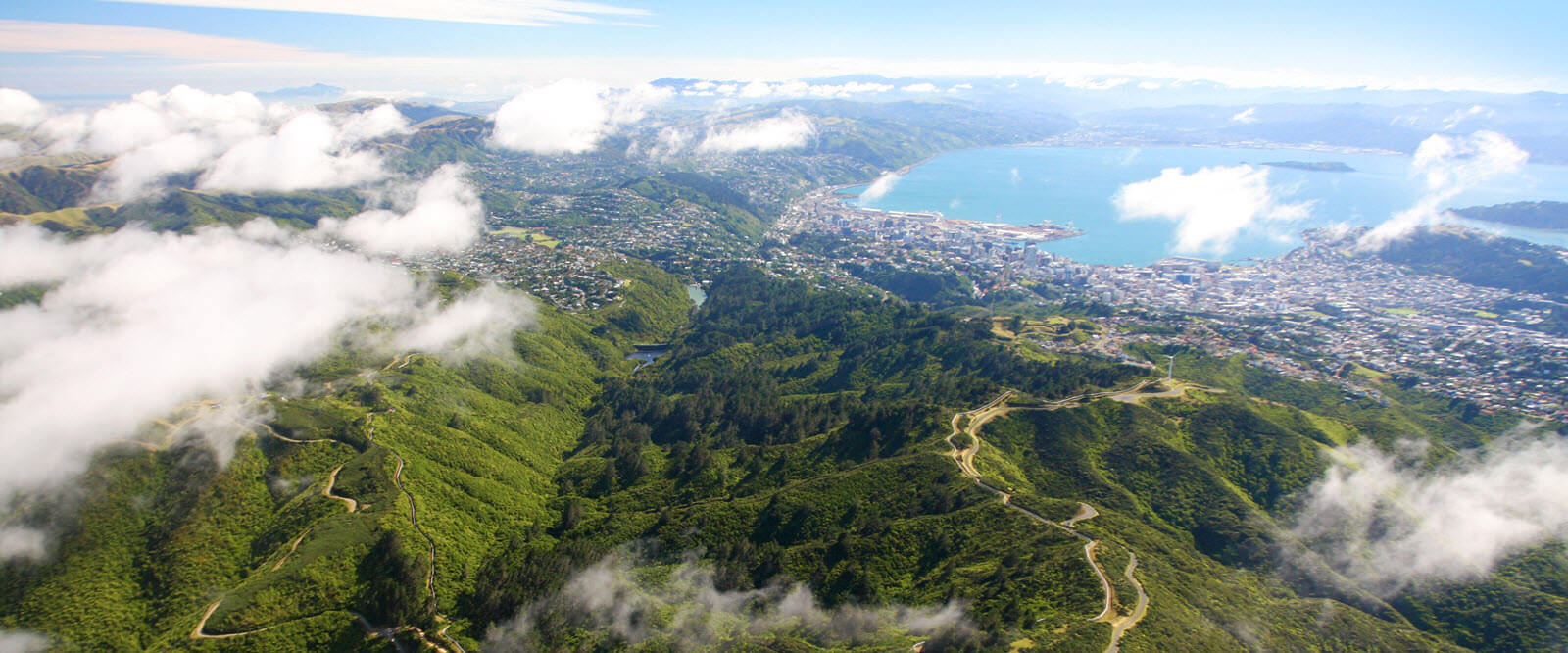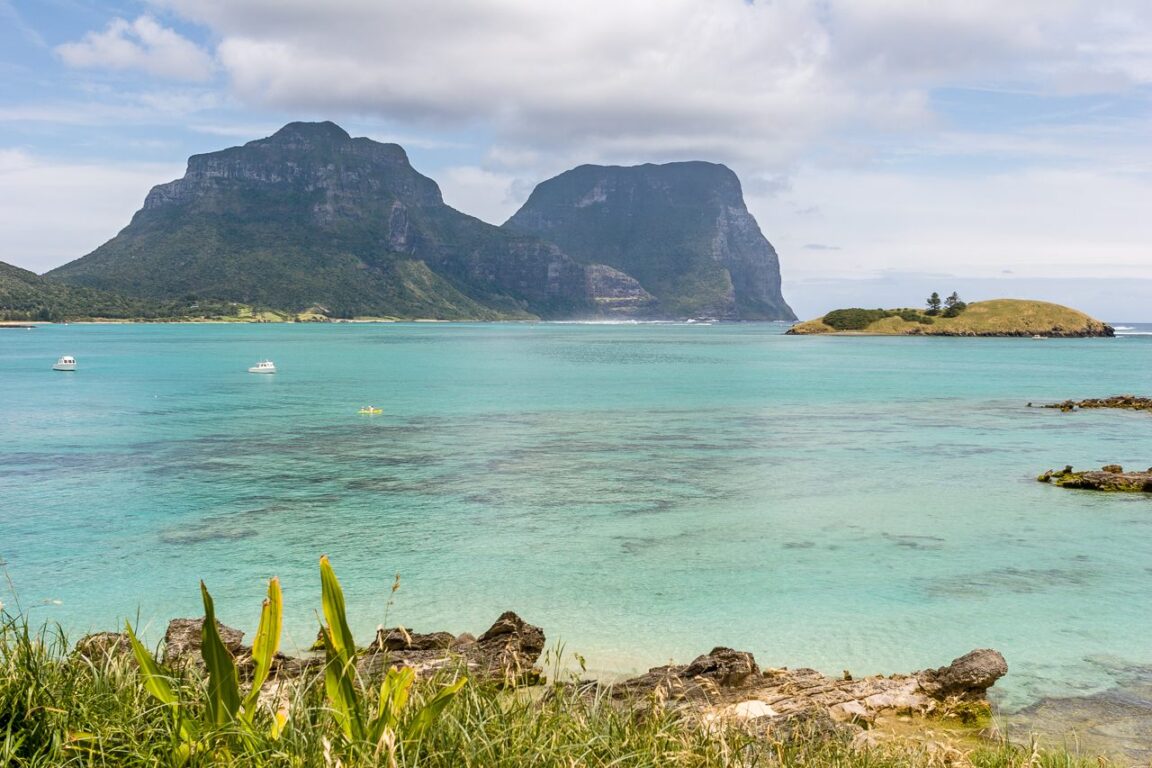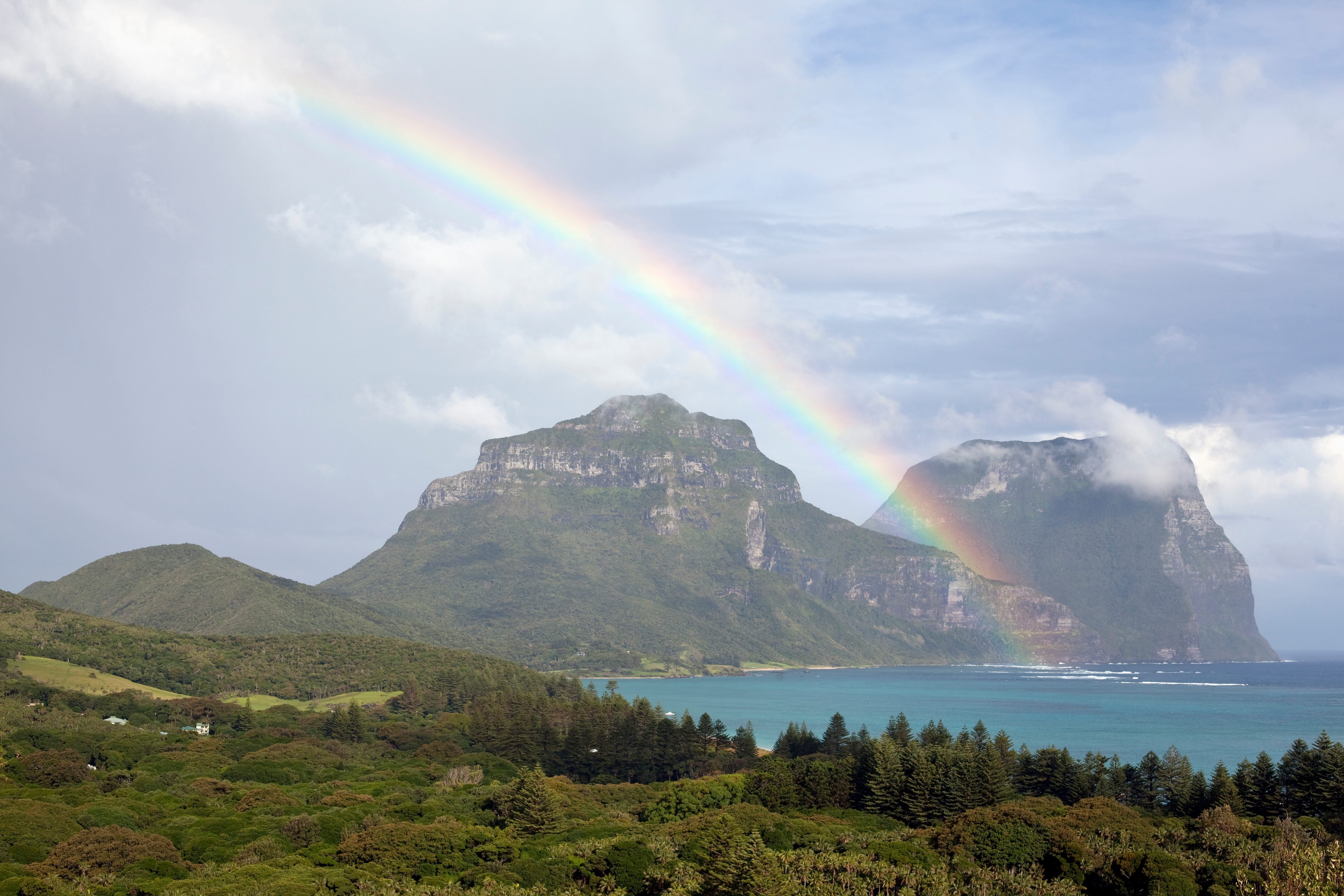A hidden jewel in the vastness of the world’s oceans is Zealandia, an intriguing geological formation that has generated much discussion and fascination among scientists. Zealandia, sometimes called the “eighth continent” of the globe, provides a distinctive viewpoint on Earth’s geological past.
Let’s go deeply into the mysterious world of Zealandia in this extensive excursion, learning about its unique features, geological origins, and the current debate about its continental status. Read on to get all the information you need to understand Zealandia, from its submerged landscapes to its important implications for the understanding of Earth’s evolution.
Zealandia’s Geological Mysteries
The submerged continent has a lot of unfolded mysteries. Let’s explore the geological aspects of Zealandia.
The Origin Of Zealandia
The ancient breakup of the supercontinent Gondwana, which occurred about 85 million years ago during the Late Cretaceous period, is the source of Zealandia’s origin. Zealandia started to take shape as Gondwana broke up into smaller land masses. A significant chunk of the landmass gradually sank beneath the surface of the ocean during this process, creating what is today known as Zealandia.
The unique geological past of Zealandia distinguishes it from other submerged landmasses. This buried continent is one of the biggest underwater formations on Earth, covering an area of over 4.9 million square kilometres. The argument for Zealandia’s continental status is based on its enormous area as well as its unique geological features.
Notable Geological Elements
Its strong continental crust is one of the main characteristics that set Zealandia apart from the surrounding ocean floor. The crust of Zealandia has the characteristics of a continent: it is thicker, less solid, and made up of a variety of rock types and ages, whereas the oceanic crust is comparatively thin and dense.
The idea that Zealandia is a continent is supported by the continent’s stronger continental crust, which is made of granitic and metamorphic rocks. This thicker crust implies that Zealandia is a remnant of former continental landmasses rather than just an extension of the ocean floor.
The unique geology of Zealandia provides more proof. It is distinguished by basins, valleys, and mountain ranges, all of which point to a complicated geological past. The dynamic aspect of the region is emphasized by the presence of active tectonic processes, such as earthquakes and volcanic activity.
The geology of Zealandia is also interesting because of how it interacts with the surrounding tectonic plates. Its location at the meeting point of the Indo-Australian and Pacific plates has added to its geological complexity. Due to its location, the Alpine Fault—a notable tectonic border that passes through New Zealand and highlights the geological diversity of Zealandia—was formed.
Together, these geological characteristics depict Zealandia as a landmass with a distinct and intricate past. Although it’s still underwater in the Pacific, its geological characteristics are more in line with those of known continents than with ordinary oceanic crust.
The Debate About The Continent Status Of Zealandia
There are a lot of debates about the continental status of Zealandia. Let’s see what’s the world talking about:
Continent Or Microcontinent?
The scientific community continues to vigorously argue how to classify Zealandia as a submerged landmass despite the continent’s existence being well supported by geological evidence. Geologists who support Zealandia’s official designation as the eighth continent of the world argue that it satisfies a number of crucial requirements. A well-defined region, unique geology, a thicker continental crust, and a distinct geological past are some of these criteria.
Those who would rather define Zealandia as a microcontinent or continental fragment are on the other side of the debate. The main focus of their case is the relatively tiny size of the continent, which is largely submerged under the ocean’s surface. They argue that Zealandia should be classified differently from officially recognized continents due to its small land area and the fact that it is mostly made up of islands on Earth.
The argument also demonstrates how the knowledge of Earth’s geological past is always changing. The existence of Zealandia calls into question the conventional understanding of continents as massive, connected landmasses and forces a revision of the definitional standards. Zealandia is, therefore, a special case study for geologists who are trying to improve their categorization systems.
Global Acknowledgment
It is important to remember that, in spite of the continuous discussion and strong debates made by supporters of Zealandia’s continental status, international geological organizations such as IUGS (The International Union of Geological Sciences) do not formally recognize it as such. The classification of continents is a complicated topic that requires professional consensus.
The lack of internationally recognized standards for identifying continents is one factor contributing to the lack of recognition. Even while Zealandia has several geological traits common to continents, like a thicker continental crust, these features are insufficient to guarantee Zealandia’s classification as a continent. In addition to geological characteristics, historical and cultural aspects are also taken into consideration during the classification process.
Moreover, the acknowledgment of Zealandia as a continent would carry significance that extends beyond the field of geology. It might have an effect on funding for science, resource management, and geopolitical borders. Because of this, the argument over Zealandia’s categorization is not just a scientific one but also one that should be taken into account by the world in general.
Both the scientific community and the general public are still fascinated by the ongoing discussion regarding Zealandia’s continent designation. The official identification of Antarctica is still up for debate among geology specialists and international organizations despite the overwhelming geological evidence supporting the continent’s classification.
This way, the discovery of Zealandia challenges the traditional concept of continents and emphasizes the fluid nature of scientific knowledge.

The Bottom Line
Within the field of geology, Zealandia is a fascinating mystery: a continent that is submerged and contradicts the accepted wisdom regarding Earth’s landmasses.
Scientists and enthusiasts alike are fascinated with Zealandia because of its unique geological features and potential to reveal mysteries about Earth’s past, even if its continental status is still up for question. The future findings may shed more light on Zealandia’s amazing story and its significance in the dynamic history of the planet as the study of this undiscovered continent proceeds.






GIPHY App Key not set. Please check settings